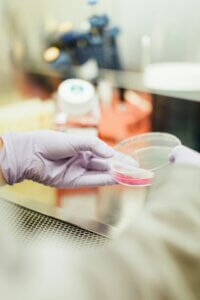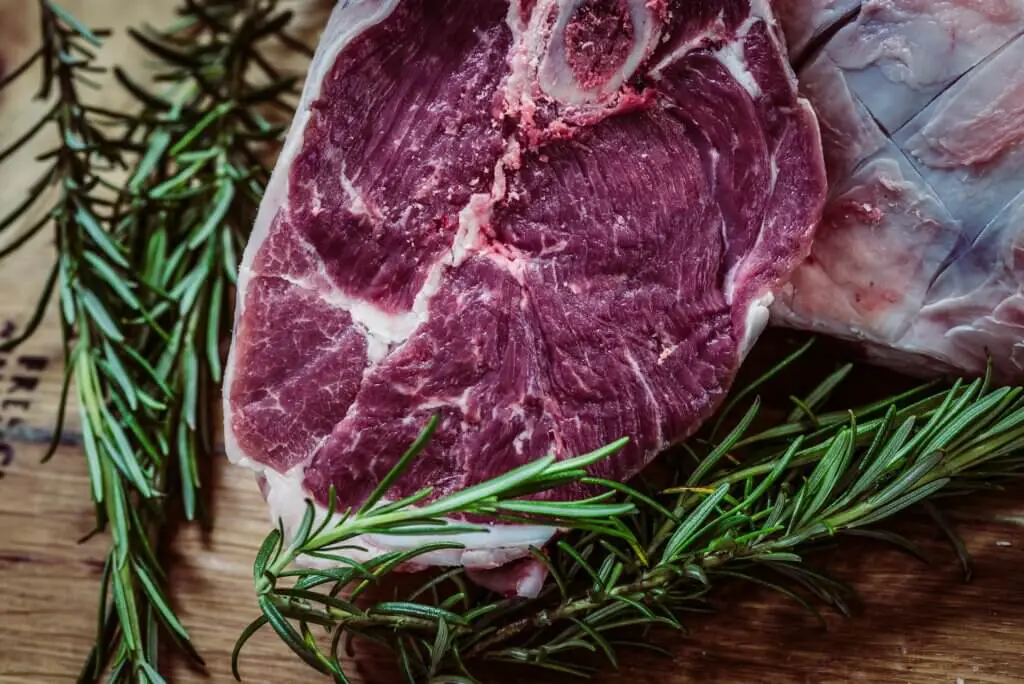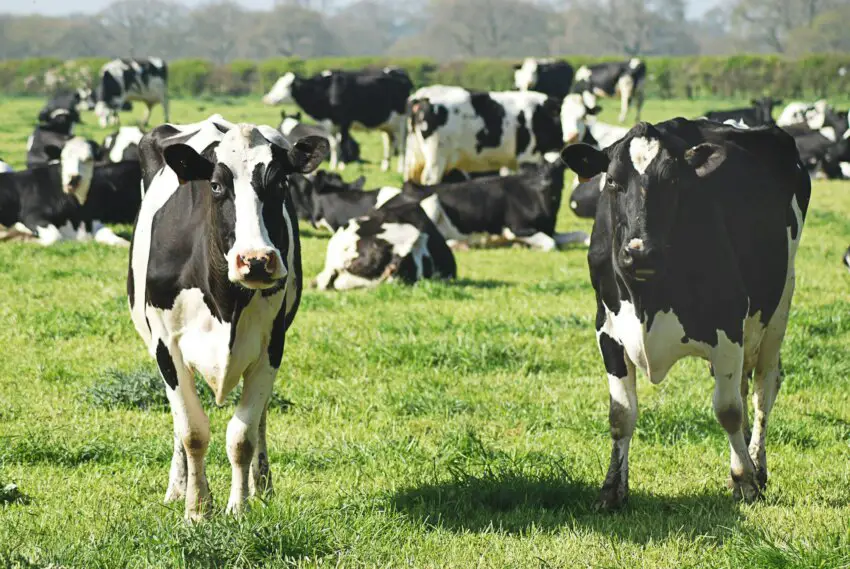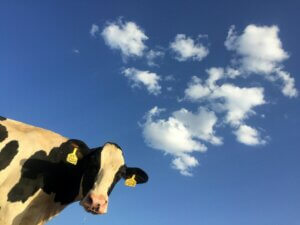We may earn money or products from the companies mentioned in this post.
The State of Lab-Grown Meat
In recent years, lab-grown meat, also known as cultured meat or cell-based meat, has emerged as a promising solution to the environmental, ethical, and health issues associated with conventional meat production. This article examines the current state of lab-grown meat technology, its potential benefits, and the safety concerns that accompany its development and adoption.
The global demand for meat is increasing, driven by population growth and rising incomes. Traditional meat production, however, poses significant challenges, including environmental degradation, animal welfare concerns, and health risks associated with meat consumption. Lab meat offers an innovative alternative that could potentially address these issues. This article explores the current advancements in the emerging technology and evaluates the safety of consuming such products.
The Technology Behind It
Cultured meat is produced by culturing animal cells in a controlled environment. The process involves several key steps. Scientists  first obtain a small sample of animal cells, typically from muscle tissue, without harming the animal. These cells are then placed in a bioreactor, where they are provided with a nutrient-rich medium that supports their growth and division. Over time, the cells differentiate and proliferate, forming muscle tissue that closely resembles conventional meat. Finally, the cultured meat is harvested and processed into various meat products. Advancements in biotechnology have significantly improved the efficiency and scalability of this process. Innovations in cell culture media, scaffolding materials, and bioreactor designs are driving the progress of lab-grown meat towards commercial viability.
first obtain a small sample of animal cells, typically from muscle tissue, without harming the animal. These cells are then placed in a bioreactor, where they are provided with a nutrient-rich medium that supports their growth and division. Over time, the cells differentiate and proliferate, forming muscle tissue that closely resembles conventional meat. Finally, the cultured meat is harvested and processed into various meat products. Advancements in biotechnology have significantly improved the efficiency and scalability of this process. Innovations in cell culture media, scaffolding materials, and bioreactor designs are driving the progress of lab-grown meat towards commercial viability.
Potential Benefits
Lab-grown meat presents several advantages over traditional meat production. Conventional livestock farming is a major contributor to greenhouse gas emissions, deforestation, and water pollution. This meat requires fewer resources and produces significantly lower greenhouse gas emissions. Additionally, cultured meat production eliminates the need for raising and slaughtering animals, addressing ethical concerns related to animal welfare. Lab-grown meat can also be produced in a sterile environment, reducing the risk of contamination with pathogens such as Salmonella and E. coli, and allowing for precise control over the nutritional content of the meat.

Safety Concerns and Regulatory Oversight
Despite its potential benefits, alternative meat raises several safety concerns that need to be addressed before it can be widely adopted. These concerns include the safety of the cell culture medium, the potential for genetic and epigenetic changes in cultured cells, and the risk of contamination during the production process.
The cell culture medium used to grow lab-grown meat typically contains a mix of amino acids, sugars, vitamins, and growth factors. Traditionally, fetal bovine serum (FBS) has been used as a growth factor source, but it raises ethical and safety concerns due to its animal origin. Recently, efforts have been made to develop serum-free and plant-based culture media, which are considered safer and more sustainable.
Cultured cells can undergo genetic and epigenetic changes during prolonged culture periods. These changes could potentially lead to the development of harmful mutations or alterations in cell behavior. Continuous monitoring and rigorous testing are necessary to ensure that the cultured meat remains safe for consumption. Maintaining a sterile environment throughout the production process is crucial to prevent microbial contamination. Bioreactors and other equipment must be regularly sterilized, and strict protocols must be followed to avoid contamination. Regulatory agencies will need to establish guidelines and standards to ensure the safety of lab-grown meat production facilities.
Regulatory Landscape
The regulatory framework for lab-grown meat is still evolving. In the United States, the Food and Drug Administration (FDA) and the United States Department of Agriculture (USDA) have established a joint regulatory framework for overseeing the production and marketing of lab-grown meat. The FDA is responsible for regulating the initial stages of cell culture and growth, while the USDA oversees the processing, labeling, and distribution of the final product.
In Europe, the European Food Safety Authority (EFSA) is responsible for evaluating the safety of novel foods, including lab-grown meat. Companies must submit comprehensive data on the safety and production processes of their products to gain approval. Other countries, including Singapore, have also begun developing regulatory frameworks for lab-grown meat, with Singapore being the first country to approve a lab-grown meat product for commercial sale.

Public Perception and Market Potential
Public perception plays a crucial role in the acceptance of new technologies. While initial reactions to the concept have been mixed, studies suggest that consumer acceptance is growing as awareness of the environmental and ethical benefits increases. However, concerns about the safety, taste, and naturalness of lab-grown meat remain significant barriers to widespread adoption.
Market analysts predict that the lab-grown meat industry will grow substantially in the coming decades. According to a report by AT Kearney (2019), cultured meat could account for up to 35% of the global meat market by 2040. This growth will be driven by advancements in technology, economies of scale, and increasing consumer demand for sustainable and ethical food products.
Future Prospects and Research Directions
The future of lab meat depends on ongoing research and development to address current challenges and improve production efficiency. Key areas of research include reducing the cost of production, enhancing the nutritional profile, achieving the desired texture and flavor, and ensuring regulatory compliance.
Reducing the cost of production is critical for making lab-grown meat commercially viable. Innovations in bioreactor design, cell culture media, and automation are essential for achieving this goal. Researchers are also exploring ways to enhance the nutritional profile of lab-grown meat by incorporating beneficial nutrients such as omega-3 fatty acids, vitamins, and minerals. Achieving the desired texture and flavor of conventional meat remains a challenge.
Advances in tissue engineering and the use of scaffolding materials can help mimic the complex structure of animal muscle tissue. Ensuring that lab-grown meat meets stringent safety standards is crucial for gaining regulatory approval and consumer trust. Ongoing collaboration between industry stakeholders and regulatory agencies is essential for developing robust safety guidelines.
Conclusion
Cultured meat holds immense potential to revolutionize the food industry by providing a sustainable, ethical, and potentially healthier alternative to traditional meat. While the technology has made significant strides, several safety concerns and regulatory challenges must be addressed before lab-grown meat can be widely adopted. Continuous research, stringent regulatory oversight, and public engagement are crucial for realizing the full potential of the alternative and ensuring its safety for consumers. As we move towards a more sustainable future, it could play a pivotal role in meeting the global demand for protein while minimizing environmental impact and promoting animal welfare.
You Might Also Like – Advances in Early Detection Technology


